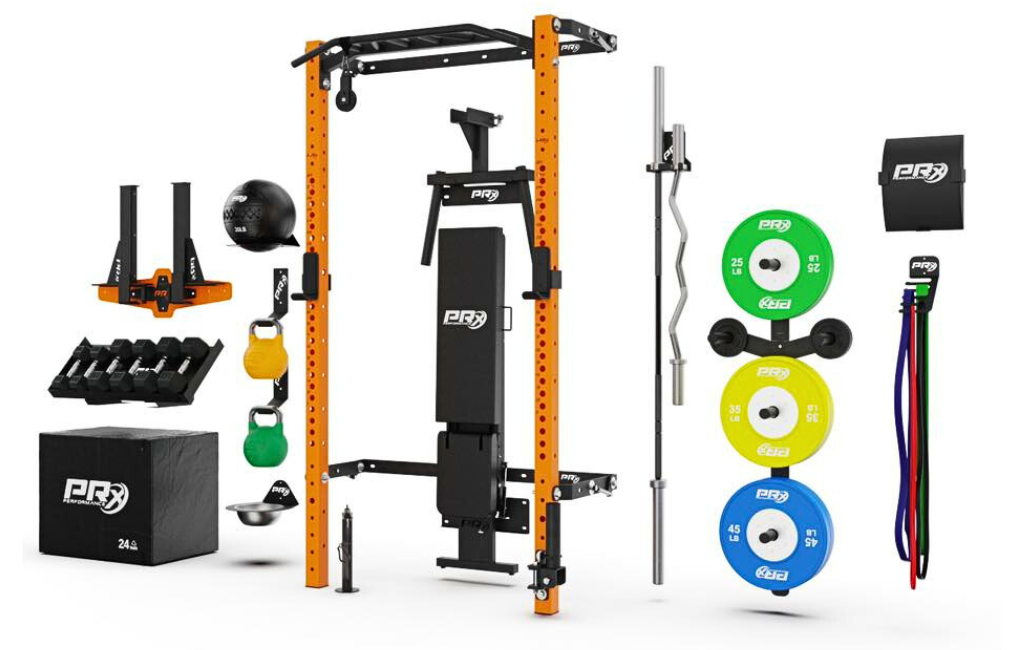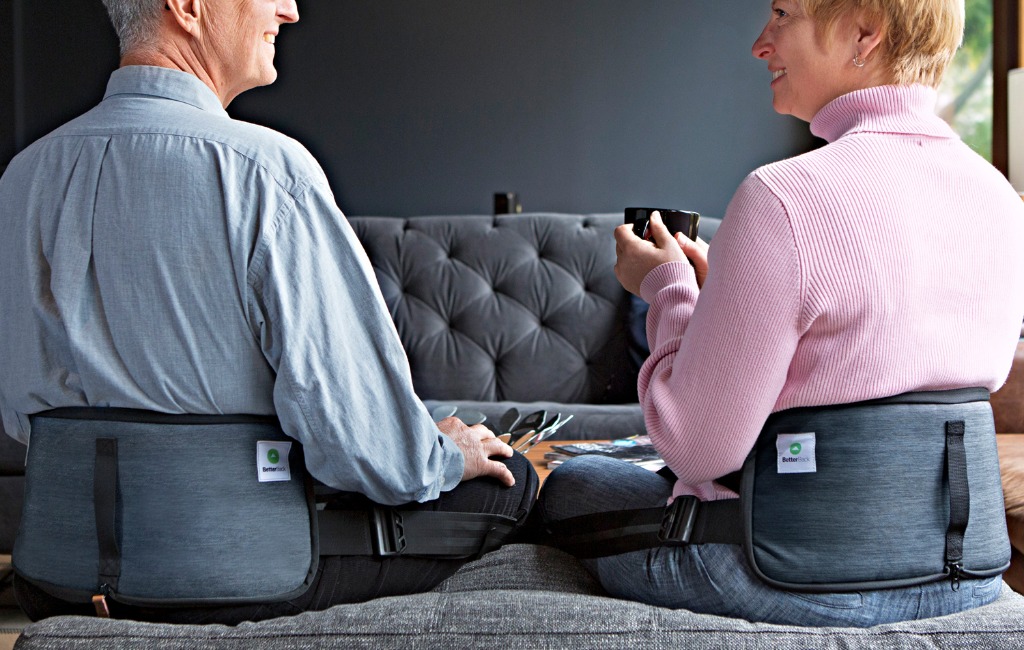Rags to Raches
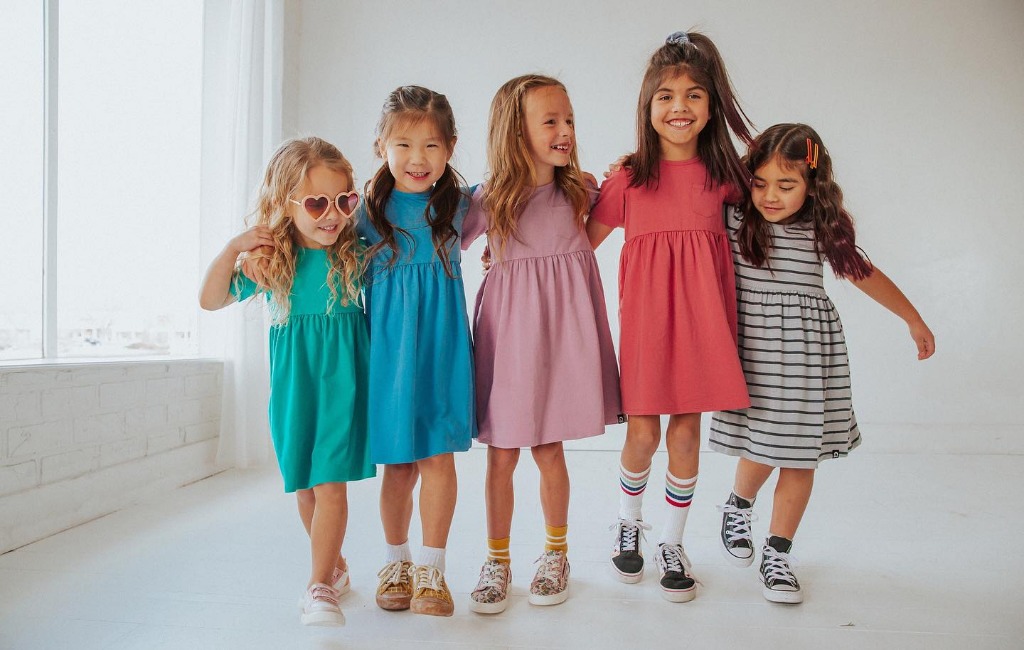

DEAL
EPISODE SUMMARY
🕓 Air Date: February 21, 2016
Asking For:
$200,000 for 10%
Investor:
Robert Herjavec
Deal:
$200,000 for 15%
PRODUCT SUMMARY
Rags to Riches offers stylish and practical rompers, a one-piece outfit for toddlers that is easy to put on and off without dealing with snaps.
WATCH HERE
IN A RUSH?
Click these to jump to the section you want to read.
Background Story
Rachel Nilsson, the founder of Rags to Riches, started the business in Alpine, Utah. Facing financial challenges while her husband was in grad school, Rachel initially sold her kids’ hand-me-down clothing as a side business to make ends meet. The turning point occurred when she crafted a romper from her husband’s T-shirt, leading to an overwhelmingly positive response on social media. This marked the beginning of Rags to Riches’ journey from homemade children’s clothes to a thriving brand.
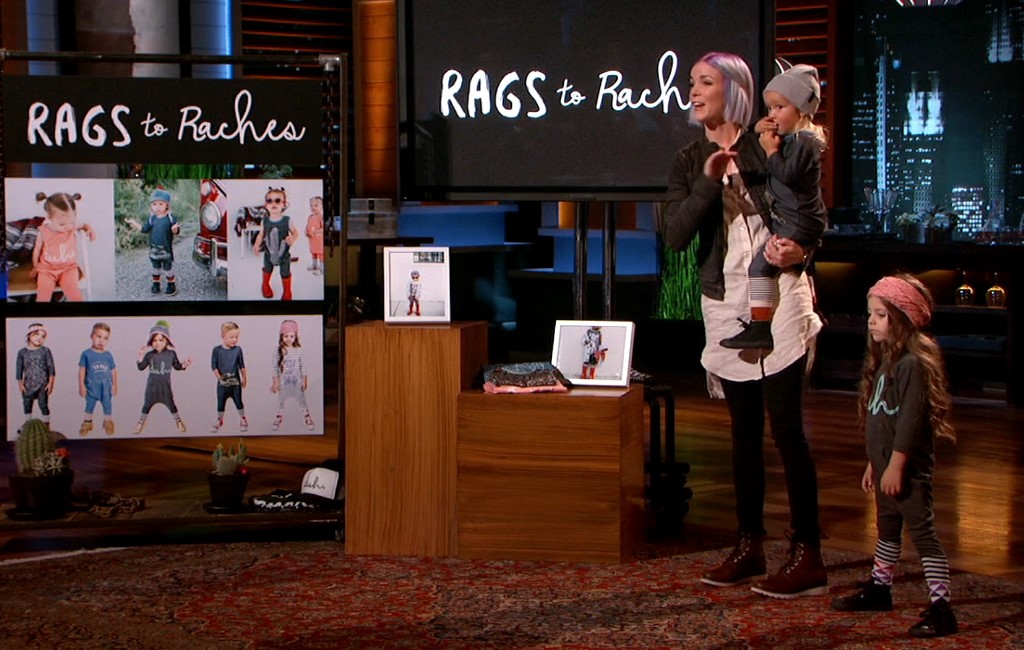
The Product
The featured product is the romper, a one-piece outfit designed for toddlers that stands out for its simplicity and functionality. Rachel demonstrated that the rompers are easy to slide on and off wriggly toddlers without the hassle of dealing with snaps.
The rompers have gained popularity due to limited runs and super-exclusive designs, creating high demand since their launch. Noteworthy is the romper’s practicality, being comfortable, stylish, and easy for parents to manage.
The rompers’ uniqueness lies in their exclusive designs, with Rachel constantly introducing limited-edition collections, driving traffic to the brand’s website.
The rompers are suitable for infants and toddlers, though they have also been worn by 5- and 6-year-old children. Reinforced with elastic, the rompers feature a stretchable neckline, making them easy for children to pull down and up when needed.
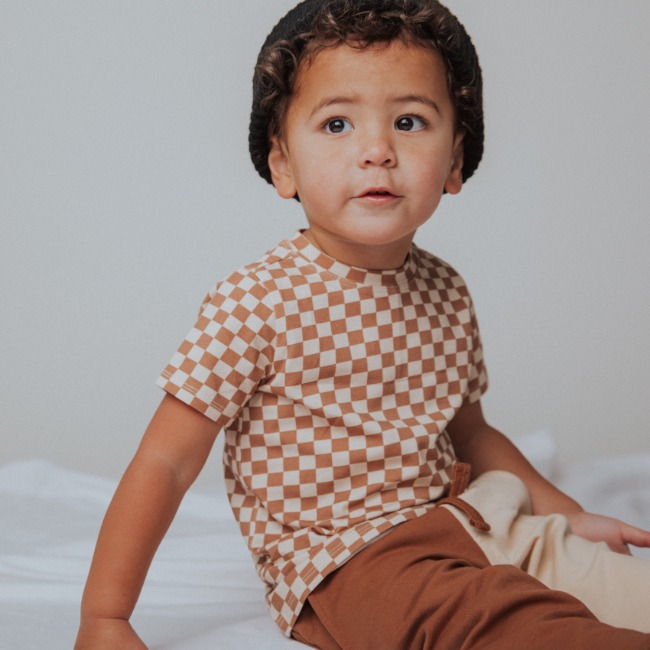
How It Went
The company’s position before Shark Tank
In a little over a year, Rags to Riches achieved impressive sales of $792,000, with a substantial profit margin of $280,000. Rachel’s decision to focus primarily on online sales has proven successful, with 88% of sales occurring through online channels. While 12% of sales are wholesale, Rachel has been cautious in choosing boutique retailers to avoid potential drawbacks associated with wholesale distribution.
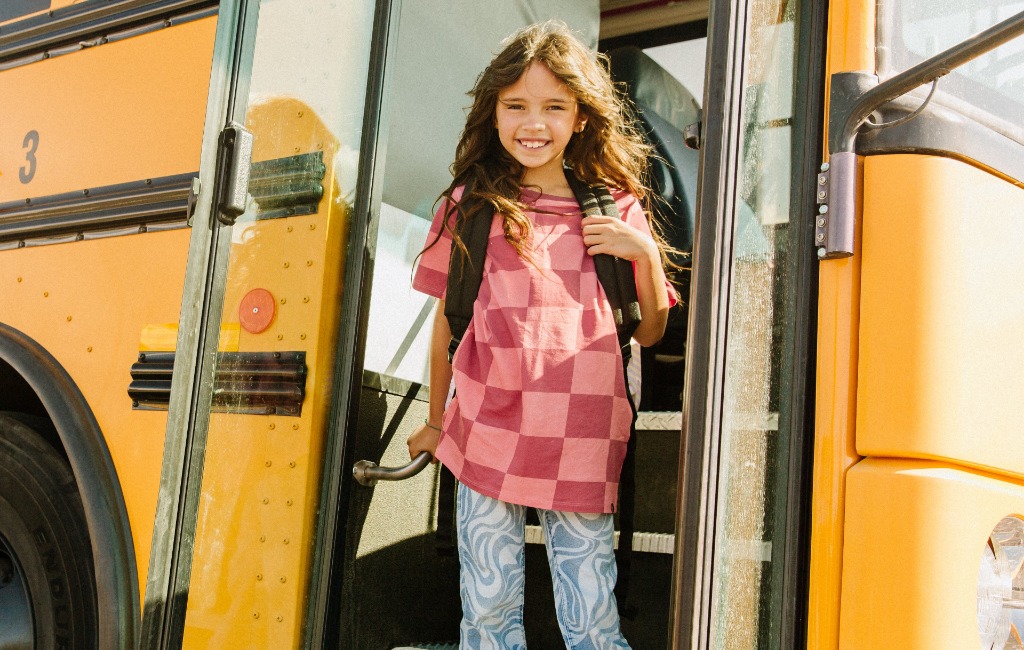
Rags to Riches has successfully established itself as a brand, with a loyal customer base appreciating the uniqueness and authenticity of the products. However, challenges remain, primarily concerning inventory costs and the need for additional capital to meet the growing demand. Rachel acknowledges the possibility of imitations but emphasizes the brand’s strength and fan loyalty as protective factors.
The Negotiations:
During negotiations, the Sharks probed into various aspects of Rags to Riches, including the romper’s practicality, target market, and potential challenges. Kevin O’Leary raised concerns about the product’s defensibility, and Daymond John questioned the viability of the brand’s protection solely through its uniqueness.
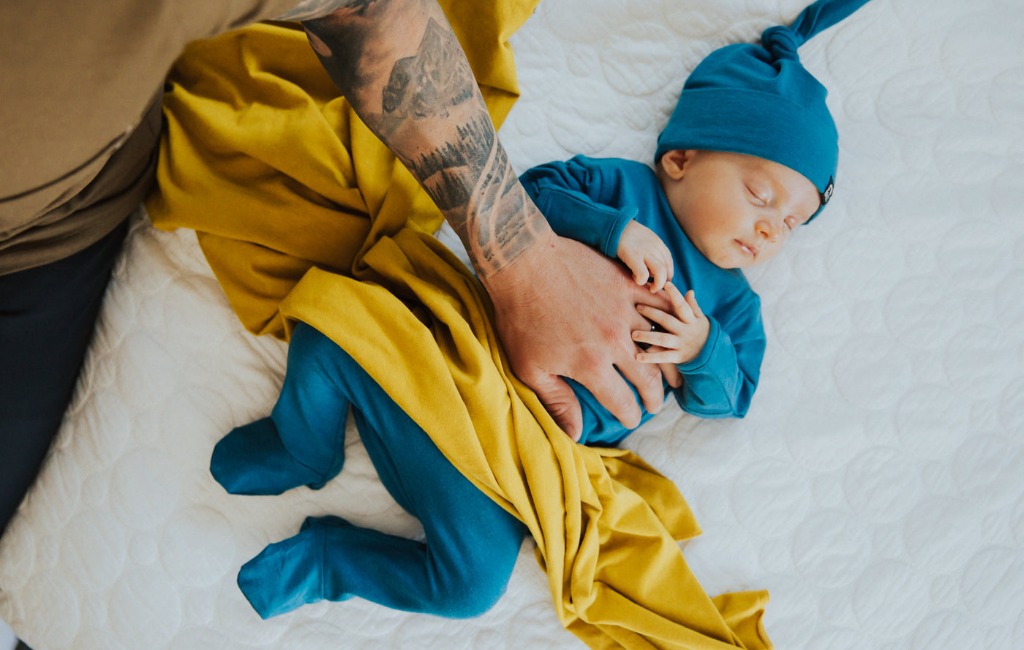
The Sharks provided different perspectives, with Mark Cuban advising Rachel to stay true to the online business that has already proven successful. Lori Greiner chose not to make an offer, expressing concerns about the retail business. Robert Herjavec and Daymond John made identical offers of $200,000 for 20%. Eventually, Rachel accepted Robert’s offer with a slight modification, agreeing to a 15% equity stake.
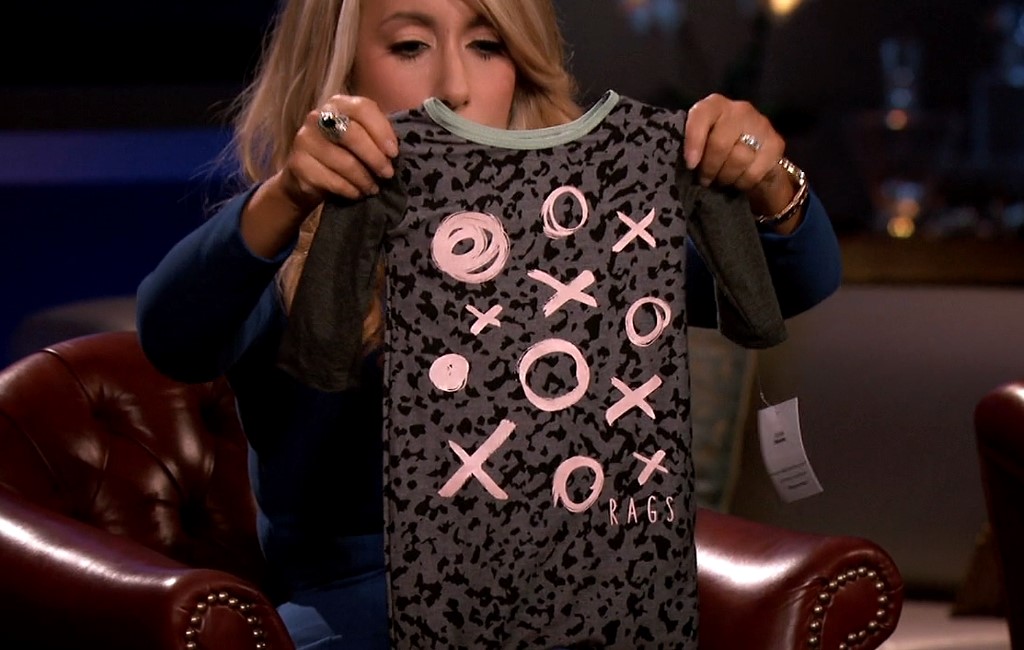
The negotiations highlighted Rachel’s hesitation regarding the direction of the business, particularly whether to enter the retail market or remain focused on online sales. In the end, the deal was struck with Robert Herjavec, who saw potential in Rags to Riches and offered valuable insights into brand protection and licensing strategies.






